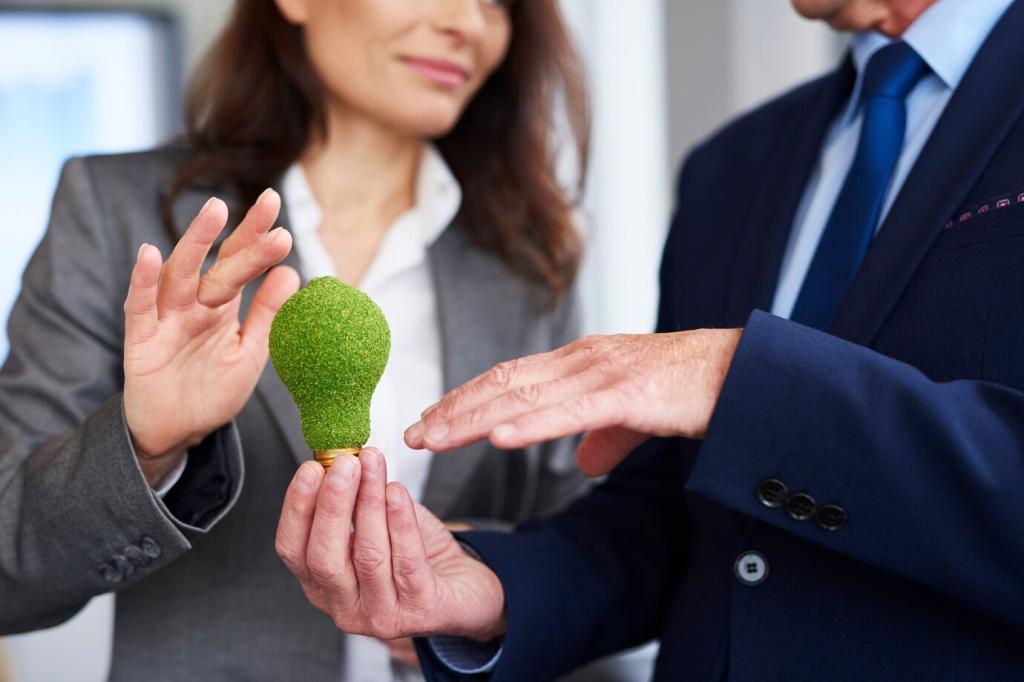
Sustainable Flooring Options
Sustainable flooring options have become a key consideration for homeowners and designers who are conscious about their environmental impact. By choosing eco-friendly floor materials, individuals not only contribute to the health of the planet but also enjoy benefits like improved indoor air quality, durability, and unique aesthetics. This page explores a variety of sustainable flooring choices, highlighting their advantages, factors to consider during selection, and tips for maintaining these surfaces for long-lasting beauty and function.
Defining Sustainability in Flooring
Sustainability in flooring encompasses more than just using recycled content or renewable resources. It includes the entire life cycle of a floor covering, from extraction or harvest to manufacturing, transportation, installation, use, and eventual disposal or recycling. Materials considered sustainable typically require less water, fewer chemicals, and minimal nonrenewable energy inputs during production. They are also designed to have a long lifespan, reducing the need for frequent replacement and the resulting landfill waste.
Environmental and Health Benefits
Selecting sustainable flooring can significantly reduce a home’s or building’s carbon footprint. Many conventional floors emit harmful volatile organic compounds (VOCs) that compromise indoor air quality, whereas eco-friendly alternatives often boast low or no VOC content. Renewable flooring choices like cork or bamboo regrow quickly, minimizing resource depletion. This focus on non-toxic materials and practices not only benefits the environment but also supports healthier living spaces for families, pets, and guests.
Economic and Ethical Considerations
Opting for sustainable flooring can contribute to a better future by encouraging ethical labor practices and supporting industries committed to environmental stewardship. While some green materials come with higher upfront costs, their durability and longevity often translate to savings over time. Additionally, using certified sustainable flooring can increase property value and appeal to environmentally-minded buyers or tenants, providing an economic incentive alongside ethical satisfaction.

Bamboo Flooring
Bamboo is an increasingly popular sustainable flooring option due to its rapid renewability and resilience. Unlike traditional hardwood, which can take decades to mature, bamboo reaches harvest maturity in just three to five years. Its grass-like growth habit allows for frequent harvesting without replanting, minimizing land disturbance. Bamboo floors are available in a variety of grains and hues, giving homeowners flexibility in achieving their desired look. Furthermore, advancements in manufacturing have greatly improved bamboo’s resistance to wear, moisture, and insects, making it suitable for many household applications.
Cork Flooring
Harvested from the bark of the cork oak tree without harming the plant, cork is a renewable material that regenerates itself every nine years. Cork flooring is prized for its natural comfort—it has a slight give underfoot, creating a gentle, cushioned feel. Additionally, cork possesses inherent antimicrobial properties and excellent thermal insulation. Its ability to absorb sound makes it a preferred choice for quiet spaces such as offices or bedrooms. Cork’s unique appearance and sustainability credentials make it a standout option for eco-conscious consumers seeking both functionality and character.
Reclaimed Wood Flooring
Reclaimed wood floors repurpose timber from demolished buildings, old barns, and other structures, giving new life to materials that might otherwise be discarded. This not only reduces the demand for fresh-cut lumber but also preserves the character and story of the original wood. Each reclaimed plank carries unique textures, grains, and color variations, adding distinctiveness and warmth to any space. By choosing reclaimed wood, homeowners can enjoy the beauty of hardwood while actively supporting waste reduction and a more circular economy.
Previous
Next
